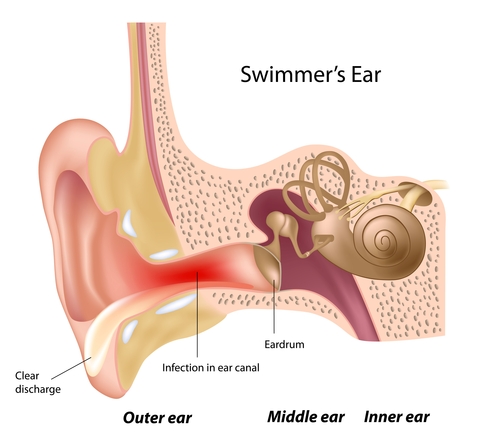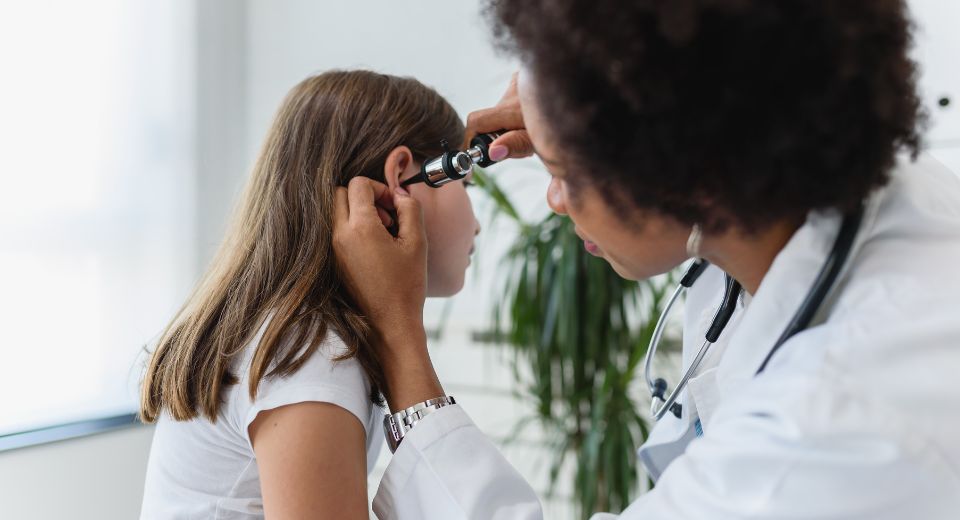
Author: Monique Herb, Regional Manager
What Is Swimmer’s Ear?
Swimmer’s ear is the layman’s term for Otitis externa, an infection of the outer ear canal that typically occurs within a few days after swimming. When water stays in the ear canal for a prolonged time, the environment of the ear becomes a perfect breeding ground for bacteria and other germs to grow and cause infection. Mild symptoms include redness and itchiness of the infected ear and can progress to more severe symptoms such as discharge of pus, fever, and temporary hearing loss. Swimmer’s ear can be extremely painful and it’s important to contact your doctor if any signs of swimmer’s ear present or persist. Approximately 2.4 million doctor visits a year are due to swimmer’s ear according to the Centers for Disease Control and Prevention (CDC). Luckily there are prevention tips to help protect yourself and your family. With summer weather here, it’s important to be informed about swimmer’s ear.
How Can You Prevent Swimmers Ear?
- Keep ears as dry as possible. Use ear plugs or swim caps while in the water.
- Dry your ears thoroughly after swimming and showering. Pull your earlobe in different directions while facing your head downward to let water exit the ear. If there is still water left in your earlobe, use a hair dryer on a low setting to help facilitate water removal.
- Do not put items inside your ear. Avoid using cotton-tips and fingers to remove ear wax from the ear canal. It’s best to see a physician if you believe your ear canal has an excessive amount of wax.
- Communicate with pool operators to ensure PH and disinfectant levels are being maintained at a level that is less likely to promote the spread of germs and infection. This is especially important when swimming in recreational water venues.

The diagnosis of swimmer’s ear consists of a questionnaire and assessments phase. Based on the symptoms reported, the physician will ask a series of questions to get a better understanding of the objective symptoms. Then the physician will do an examination of the ear canal with an otoscope to ensure that the ear drum is not damaged. If the ear drum is damaged and the severity of swimmer’s ear is high then a referral to see an ear, nose and throat (ENT) specialist is highly recommended.
What are the Treatment Options?
Eardrops are the preferred medication to treat swimmer’s ear. Before drops can be administered into the ear 
- Antibiotics to kill bacteria
- Antifungals to kill fungus
- Anti-inflammatory medications including steroids
- Vinegar ear drops to help restore normal the ears natural environment
Over the counter (OTC) medications such as Tylenol or Advil can be used for pain. In severe cases, oral antibiotics are prescribed to fight infection that makes it passed the ear canal.
The information provided is for general interest only and should not be misconstrued as a diagnosis, prognosis or treatment recommendation. This information does not in any way constitute the practice of medicine, or any other health care profession. Readers are directed to consult their health care provider regarding their specific health situation. Marque Medical is not liable for any action taken by a reader based upon this information.


